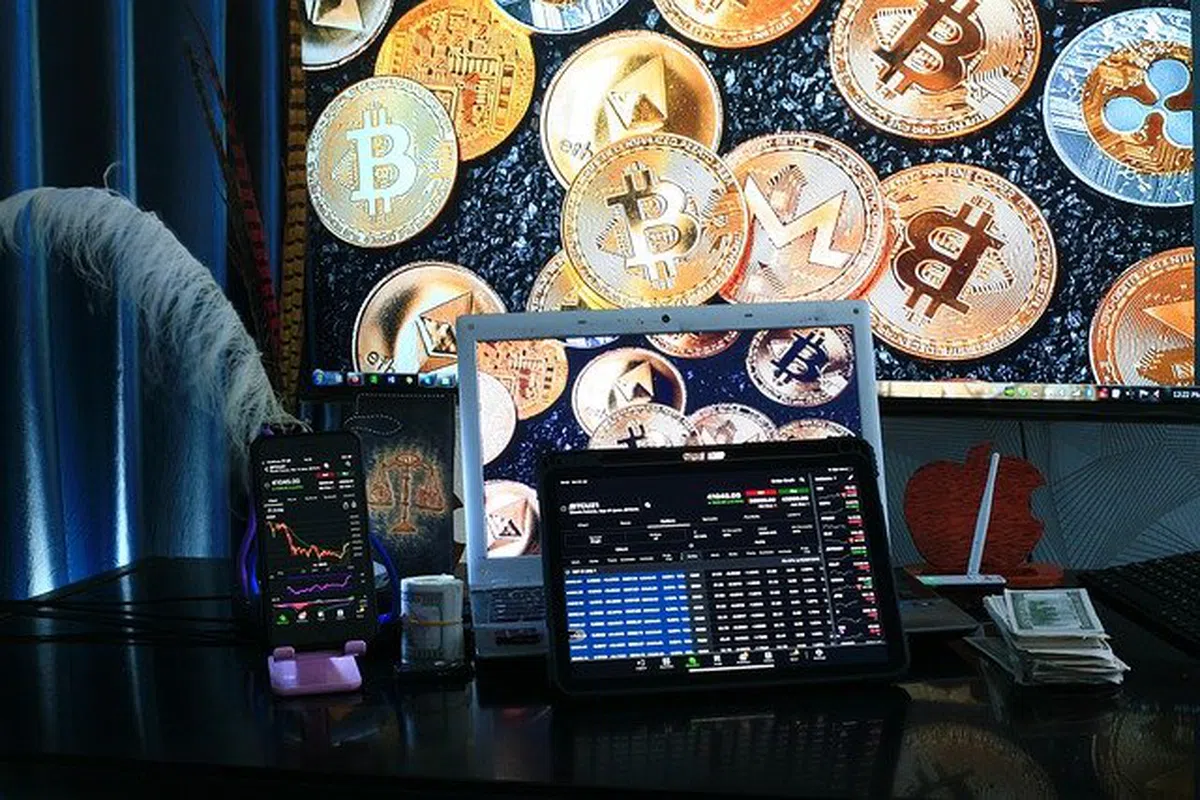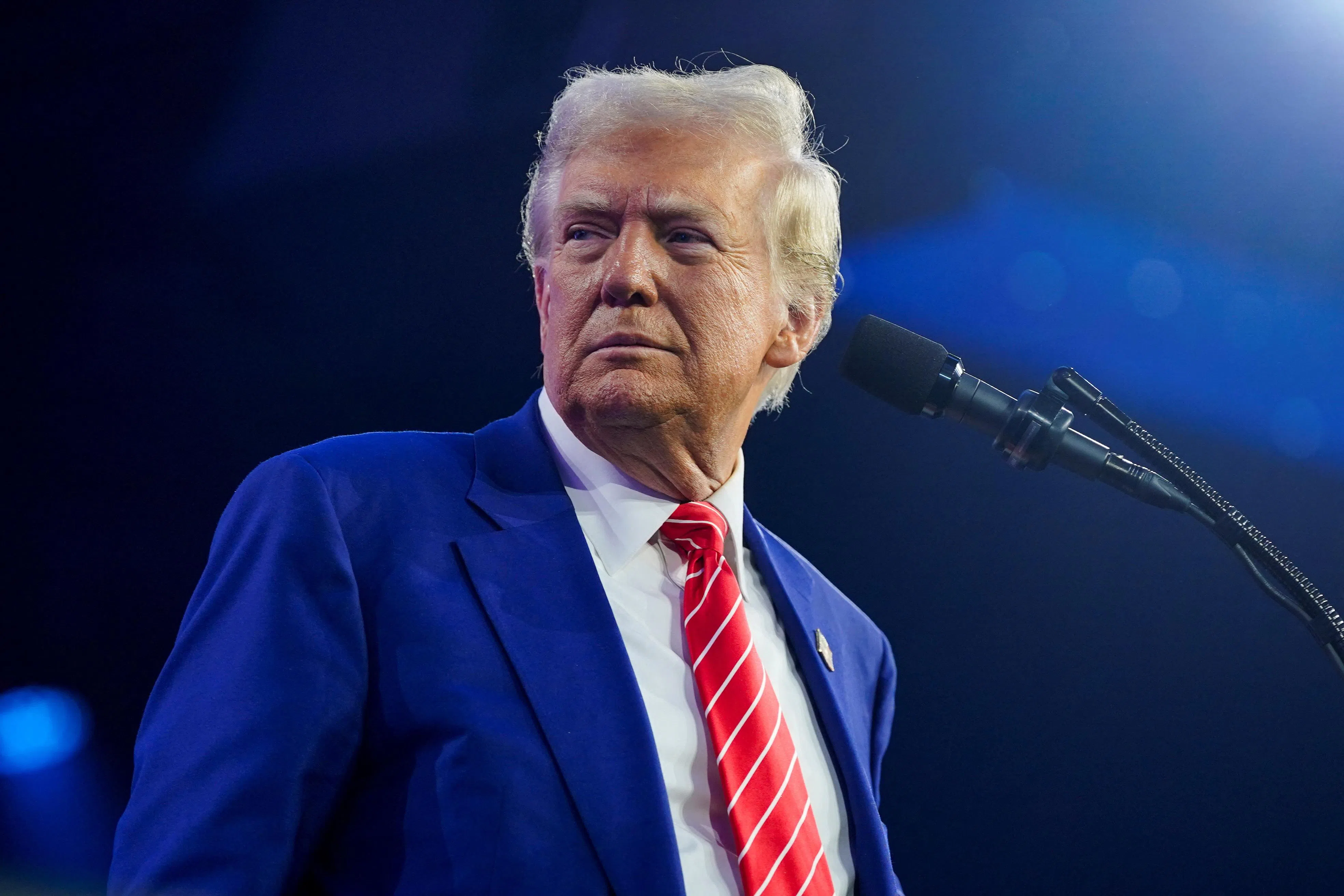BITCOIN’S record-breaking rally is rekindling hope that the digital-ledger technology that underpins cryptocurrencies will revolutionise everything from recording the ownership of houses to bonds.
Tokenisation, or the process of creating digital representations of real-world assets on a blockchain, has become one of this year’s buzzwords in both conventional and crypto finance circles. The excitement is reminiscent of the hype of a few years ago surrounding the use of blockchains for everything from tracking lettuce at Walmart to digitising stocks that proved to be premature.
For years now, tokenisation of assets beyond stablecoins that serve as a proxy for actual currencies in crypto trading has flagged. Only some 67,530 parties – mainly institutions – hold tokenised assets that are not stablecoins, according to data tracker rwa.xyz. Just 0.003 per cent of the total value of the world’s assets has been tokenised, and many companies behind the projects are on the brink of going out of business, researcher Opimas said.
An unfavourable US regulatory regime was to blame in large part. For years, regulators encouraged banks to avoid crypto and related risks. While tokenised securities run on blockchains and adhere to the same rules as traditional securities, regulators often lumped them together with crypto as deserving heightened scrutiny. So many financial services providers chose to stay away, and instead invested in areas such as artificial intelligence (AI).
That’s starting to change, as president-elect Donald Trump plans for a more favourable regulatory regime for crypto, and with the world’s biggest asset manager, BlackRock, launching a tokenised money-market fund this year. That’s pushing others to follow.
“Now they felt like they are able to do something and sped up their timeline a lot, whereas previously they were just watching,” said Charlie You, co-founder of rwa.xyz. “They are making things happen.”
BT in your inbox
Start and end each day with the latest news stories and analyses delivered straight to your inbox.
Gearing up for more traction, in October, card network Visa rolled out a platform that lets banks issue fiat-based tokens. In November, stablecoin issuer Tether launched a tokenisation platform. The same month, Mastercard announced it’s connected its token network with JPMorgan Chase to settle cross-border business-to-business transactions on the bank’s Kinexys blockchain-based platform, and sees an opportunity for introducing such payment schemes to more financial institutions.
“That’s a clear trend that will continue to evolve and unlock a lot of new business models. That trend is here to stay,” said Raj Dhamodharan, executive vice-president of blockchain and digital assets at Mastercard. Kinexys already supports about US$2 billion in transactions per day, according to JPMorgan.
A slew of money-market funds – many investing in US Treasuries – are planning to debut. Boston Consulting Group predicts that tokenised fund assets under management could reach more than US$600 billion by 2030, up from about US$2 billion today. To make such tokens more useful, the Commodity Futures Trading Commission is considering new guidelines for how to use tokenised assets as collateral.
Tokenisation is also being touted as increasing an asset’s liquidity, making it accessible to more investors, while cutting costs and transaction time.
“By tokenising those assets, it enables natural efficiency,” said Rob Krugman, chief digital officer at Broadridge, which has tokenised trillions of US dollars worth of repos. “It may even be bigger than the internet. It’s fundamentally rethinking the way the markets work.”
Still, some industry participants worry the stampede could lead to tokenisation of assets that should not be tokenised, and to expose investors to new risks, such as those of hacks. Investors may also unwittingly end up paying more fees for tokenised versus traditional products. Or with assets that are hard to sell.
“You sort of end up with a lot of poorly priced assets being sold to not so sophisticated investors,” said Nathan Allman, CEO at Ondo Finance. “Outside of Treasuries, I think there’s almost no value in tokenised public securities. Really, no one has done public securities well. The majority of projects in this space are unfortunately trying to distribute low quality, poorly prices assets.”
Carlos Domingo, CEO of tokenisation platform Securitize, said he is not sold on tokenising real estate. Noelle Acheson, author of Crypto is Macro Now newsletter, believes that tokenising private equity “feels a little more to me as a solution looking for a problem”. After all, many private companies provide equity to selected partners – and they do not want them to sell it to others. Buying a piece of a tokenised Picasso leaves the buyer without the pleasure of enjoying the actual art.
On the other hand, tokenisation can also reduce some risks. Greater automation that comes with adding programmability to blockchain-based tokens can reduce some counterparty risk, as assets can be put into escrow, for example, to be released upon delivery of goods, for example, You said.
Capco analysts did see the need to renovate the electronic payment systems invented decades ago, and using blockchain to make money more programmable can improve the efficiency in the payments workflow, but it will take time.
“There are a lot of opportunities, we do not disagree with that, but there is still a lot of work to be done,” said Ervinas Janavicius, managing principal at Capco. BLOOMBERG



